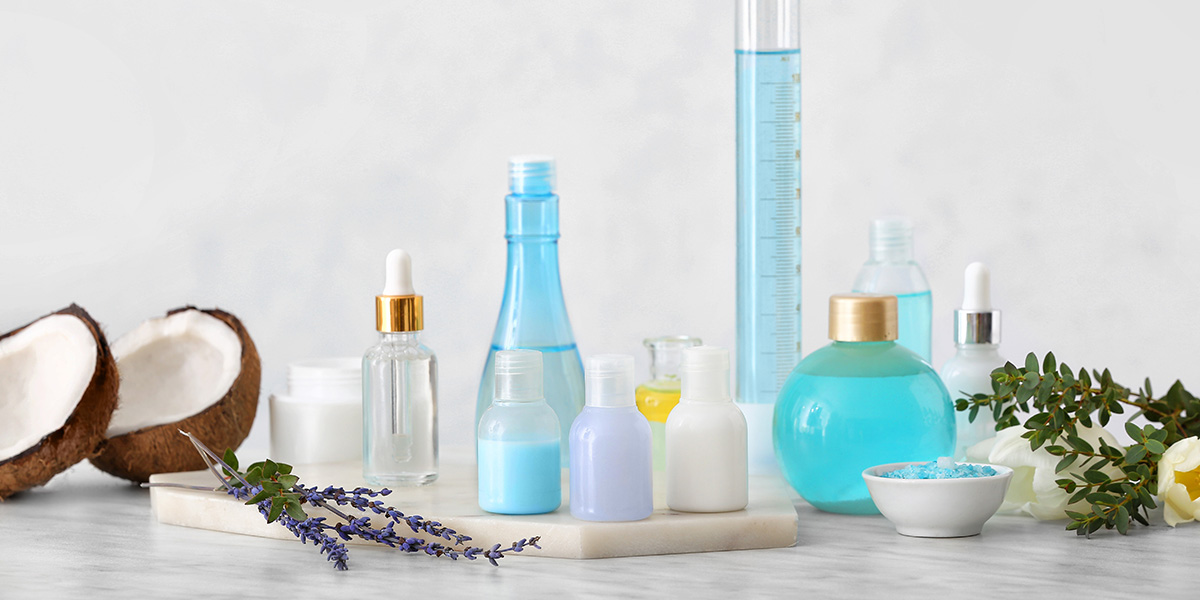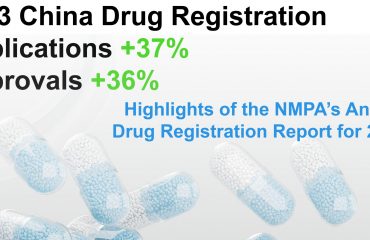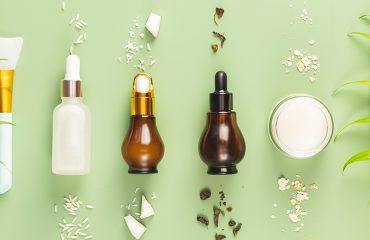Technical guidelines for reporting cosmetics formulas was released by the National Institutes for Food and Drug Control (NIFDC) on May 4, 2023. The draft provides guidance for the registration and recording of safety information of cosmetic ingredients, covering general principles, basic information of ingredients, production process, quality control requirements, evaluation conclusions from authoritative international organizations, usage requirements in other industries, limits for risk substances, updating safety information and other technical considerations for registering cosmetic ingredients.
Scope
The draft guidelines are designed to assist all applicants registering a cosmetic product or recording a cosmetic product’s safety information and submitting the ingredients’ safety information in the application documents. However, they do not apply to raw material manufacturers for safety information submission via the raw material platform.
The guidelines cover a wide range of aspects, including formula ingredients, reporting formats, raw material names, ingredients content, purpose of use, and more. It is important to use these guidelines should be used in conjunction with other relevant regulations and technical standards, ensuring full compliance throughout the reporting process.
General Principle
Cosmetic formula ingredients have been defined as those intentionally added to the product formulation, serving specific roles in the final product. This includes preservatives, sunscreens, colorants, moisturizers, pH adjusters, and more. It’s important to note that certain ingredients, such as antioxidants added to raw materials or trace impurities, need not be listed as formula ingredients. Similarly, processing aids that do not chemically react with other ingredients and do not exist in the final product should be excluded.
Formulation filling and reporting form
The guidelines provide instructions for filling in the formula table based on the type of raw materials used:
- For single-component raw materials, details such as the serial number, name, percentage content, and purpose of use should be filled in the formula table.
- In the case of non-single-component raw materials or plant extract raw materials obtained through mixed processing, the composition and content of each component should be listed separately.
- Category raw materials should be filled in accordance with the “Catalogue of Used Cosmetic Raw Materials.”
Remarks column – Safety information
The remarks column in the formula table allows for additional explanations, such as providing chemical abstract index numbers (CAS numbers) for hydrocarbons derived from petroleum and coal tar. pH adjusters and viscosity modifiers with fluctuating dosages may be indicated in the remarks column below the formula table. Raw material safety information should be filled in and uploaded, following the requirements set by the State Food and Drug Administration. When raw material safety information is provided, additional certification documents from the manufacturer may not be necessary.
Safety assessment of raw material formula
These guidelines clarify the cosmetic registrant and the filer should be responsible for the quality of the raw materials selected. For raw materials / ingredients not used as ingredients in formulations, the product safety assessment information should be described on each of them with further analysis and evaluation to ensure product quality and safety. Any significant changes in composition or proportion of these raw materials should require an update to the product safety assessment materials.
Other highlights
- The name of the formula ingredients:
- The names of formula raw materials should be indicated using standard Chinese names, international cosmetic raw material names (INCI names), or English names. It is important to use the standard Chinese name and INCI name/English name specified in the “Raw Material Catalog.” For new cosmetic raw materials under safety monitoring, the name of the registered or recorded new raw material should be provided. In the case of colorants, the colorant index number specified in the “Safety and Technical Specifications for Cosmetics” (CI number) should be indicated.
- Formula raw materials percentage content:
- Formula ingredients should be listed in decreasing order of content, calculated as a mass percentage, with the total content of raw materials should be equal 100%.
- Formulation includes direct contact with the contents of the product propellant, propellant composition and content should be reported separately, the propellant content should total equal 100%, while marking the filling ratio of propellant and material body.
- Formulation of raw materials used for the purpose:
- The purpose of use should be marked for each formula raw material, reflecting its intended function in the product.
- For special cosmetics, the purpose of use in the formula should be marked in the column corresponding to the efficacy of raw materials or efficacy of the ingredients.
Further information
Read the original NIFDC announcement of the draft for technical guidelines for filling and reporting cosmetics formulations.
Read our article on the NIFDC draft guidelines of the cosmetic raw materials safety information registration platform released on May 12, 2023.
Contact us to learn more about our cosmetics services in China.

 Deutsch
Deutsch  Italiano
Italiano  Français
Français  日本語
日本語  한국어
한국어 



